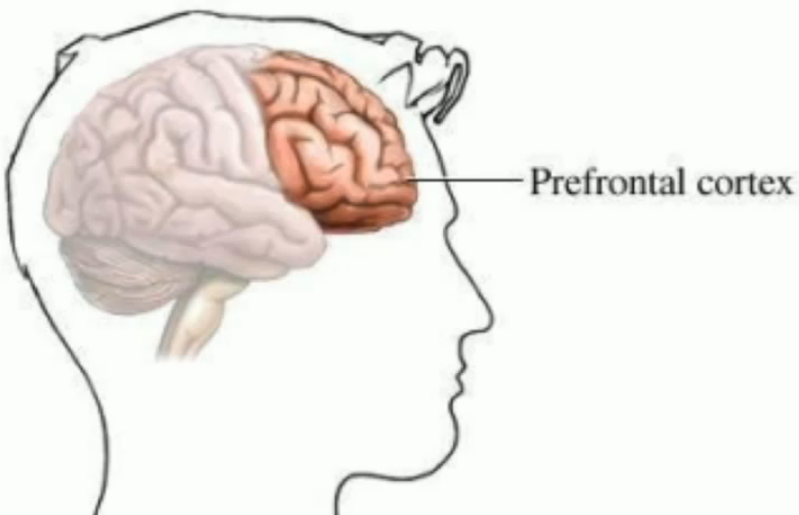How aging affects working-memory neuron firing rate and how to improve it
July 28, 2011

Average activity for the brain networks that subserve working memory (credit: Min Wan et al./Nature)
The neural networks in the brains of the middle-aged and elderly have weaker connections and fire less robustly than in youthful ones, Yale University researchers have found.
“With normal aging, there are impairments in the working memory functions of the prefrontal cortex (PFC),” says Amy F. T. Arnsten, professor or neurobiology at Yale University Medical School.
“The prefrontal cortex is the most evolved part of the brain, located just behind our forehead. It is our mental sketchpad, a process called working memory … essential for executive functions, allowing us to overcome distractions and interference, and helping us to multitask.”
The researchers studied the firing of PFC neurons in young, middle-aged, and old animals as they performed a working-memory task. Neurons in the prefrontal cortex of the young animals were able to maintain firing at a high rate during working memory, while neurons in older animals showed slower firing rates.
The aging prefrontal cortex appears to accumulate excessive levels of a signaling molecule called cAMP, which can open ion channels and weaken prefrontal neuronal firing, especially under stress, or from lack of sleep, poor nutrition, and other factors.
However, they found that agents that either inhibited cAMP or blocked cAMP-sensitive ion channels were able to restore more youthful firing patterns in the aged neurons, adjusting the neurochemical environment around the neurons to be more similar to that of a younger subject, and restoring the neuronal firing rates to more youthful levels. One of the compounds that enhanced neuronal firing was guanfacine, a medication that is already approved for treating hypertension in adults and prefrontal deficits in children, suggesting that it may be helpful in the elderly as well, the researchers note.
Ref.: Min Wang, et al., Neuronal basis of age-related working memory decline, Nature, 2011; [DOI: 10.1038/nature10243]
